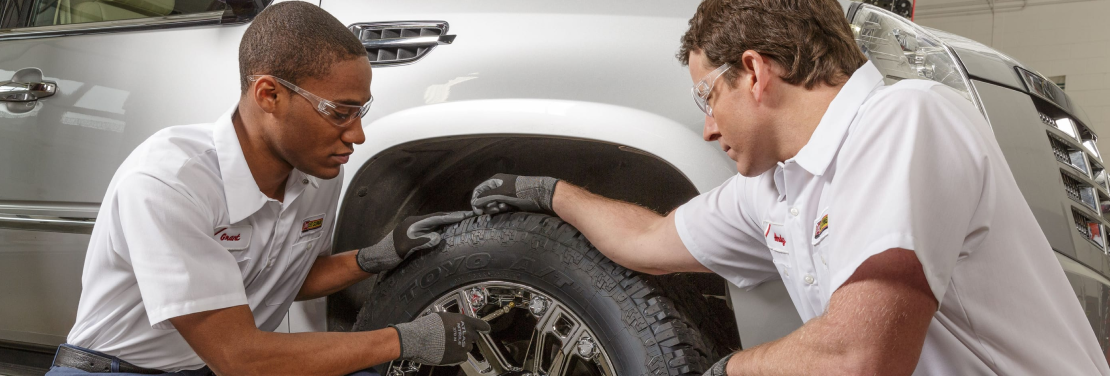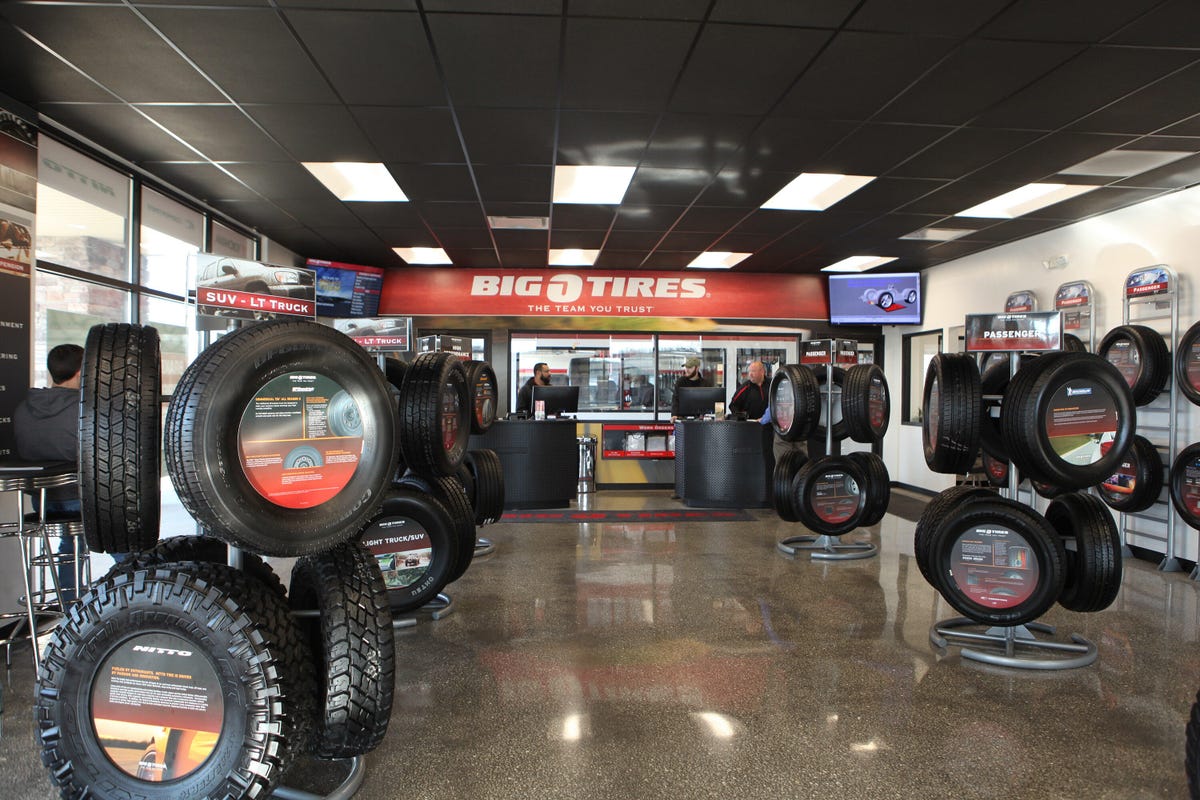Morris Tire and Alignment: Your Relied On Resource for Reliable Service
Morris Tire and Alignment: Your Relied On Resource for Reliable Service
Blog Article
Tire Service: Comprehending Tire Pressure Tracking Systems
Recognizing Tire Pressure Surveillance Systems (TPMS) is a vital aspect of preserving optimum car efficiency and safety and security on the road. With improvements in automobile modern technology, TPMS has come to be a conventional feature in modern-day cars, giving real-time info on tire pressure levels.

Value of TPMS
The significance of Tire Pressure Tracking Equipments (TPMS) lies in their ability to improve lorry safety and performance with real-time surveillance of tire pressure levels. Preserving the proper tire pressure is crucial for making certain optimal handling, braking, and general safety and security of a vehicle. TPMS offers drivers with immediate comments on any kind of overinflated or underinflated tires, enabling for prompt changes to be made.
Components of TPMS
Sensors are normally located in the tire valve stem or connected to the wheel setting up, where they measure tire pressure and transfer data to the control component. Some advanced TPMS designs likewise display the real tire stress analyses for each tire, providing chauffeurs with real-time info to guarantee optimal tire efficiency and safety and security. By checking tire stress continually, TPMS aids stop crashes, lowers tire wear, and enhances gas performance, making it an essential component for vehicle safety and efficiency. tire shop morris.
Kinds Of TPMS

On the various other hand, indirect TPMS counts on the vehicle's wheel rate sensing units to check tire stress. This system detects underinflation by contrasting the rotational rates of the wheels. Indirect TPMS is less costly than direct TPMS, as it uses existing sensing units within the car.
While straight TPMS uses a lot more accurate readings, indirect TPMS is less complex in style useful reference and generally requires less upkeep. Both systems have their advantages and restrictions, and the option in between them frequently relies on aspects such as cost, automobile make, and individual preference. Recognizing the differences between these two sorts of TPMS can help automobile proprietors make informed choices concerning tire upkeep and safety.
TPMS Upkeep Tips
Conduct regular checks on the tire pressure degrees and compare them with the TPMS analyses to ensure they are regular. During tire turning or replacement, make certain that the TPMS elements are handled very carefully to avoid any possible damage. If the TPMS alerting light illuminates on the control panel, deal with the issue immediately by checking the tire stress and the overall system for any kind of faults.
Advantages of Appropriate Tire Pressure
Keeping proper tire pressure, as emphasized in TPMS Upkeep Tips, is vital for enjoying the numerous benefits linked with optimal tire stress degrees. Additionally, correct tire stress guarantees even tire wear, expanding the life expectancy of the tires and promoting safer driving problems. In final thought, the benefits of correct tire pressure go past simply tire durability; they encompass boosted fuel performance, improved safety, far better automobile performance, and total driving convenience.
Conclusion
In verdict, recognizing tire pressure surveillance systems (TPMS) is important for maintaining optimum tire pressure and guaranteeing vehicle safety. By identifying the significance of TPMS, being acquainted with its components, recognizing the different types readily available, sticking to appropriate maintenance tips, and recognizing the benefits of preserving appropriate tire stress, drivers can improve their driving experience and lengthen the lifespan of their tires. Appropriate tire stress is key to risk-free and reliable vehicle operation.

Report this page